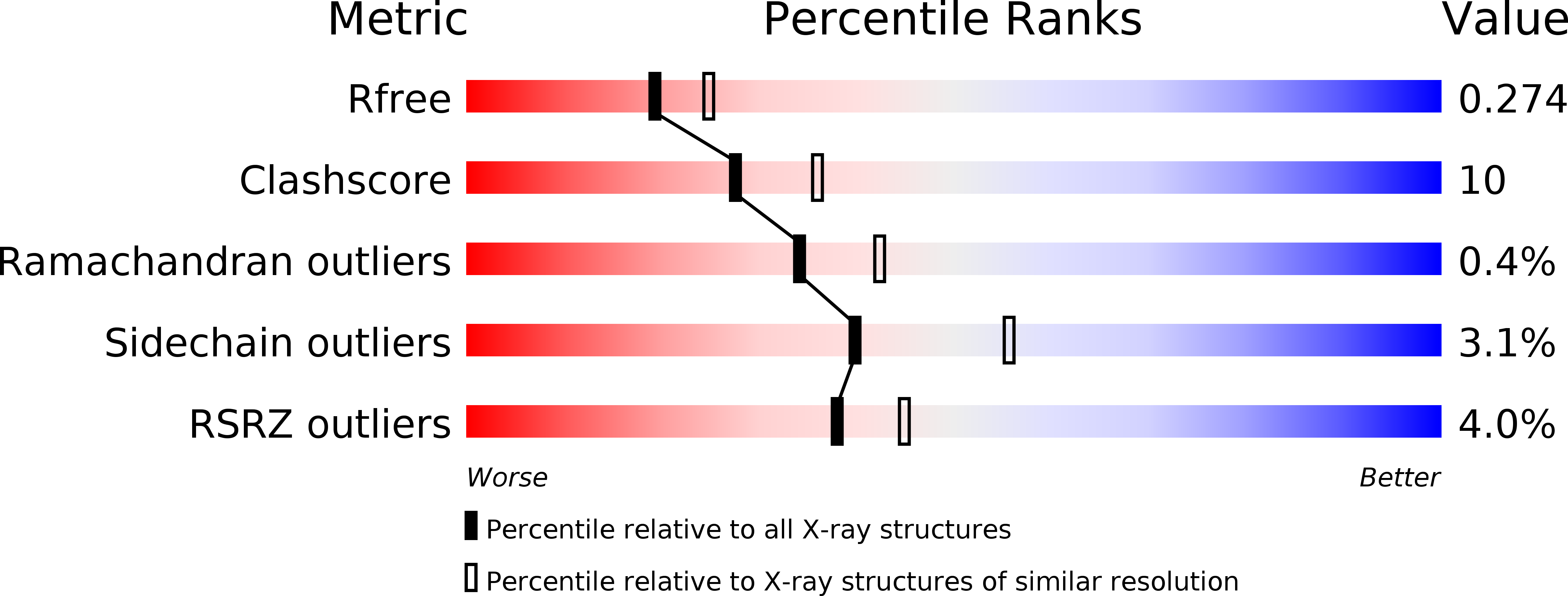
Deposition Date
2010-03-23
Release Date
2011-03-16
Last Version Date
2024-11-06
Method Details:
Experimental Method:
Resolution:
2.29 Å
R-Value Free:
0.27
R-Value Work:
0.23
R-Value Observed:
0.23
Space Group:
P 1


